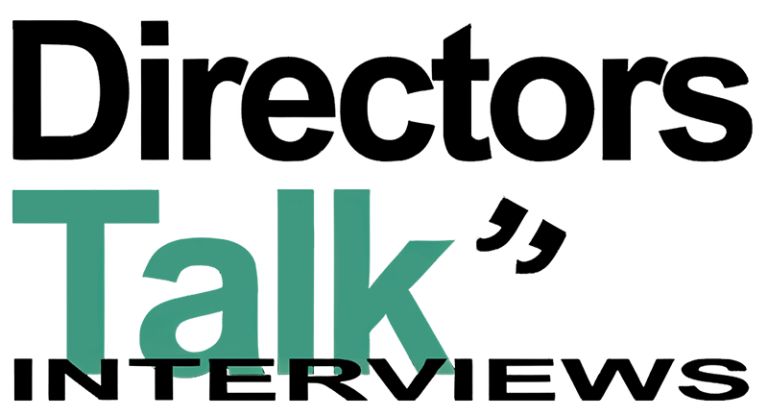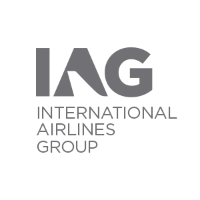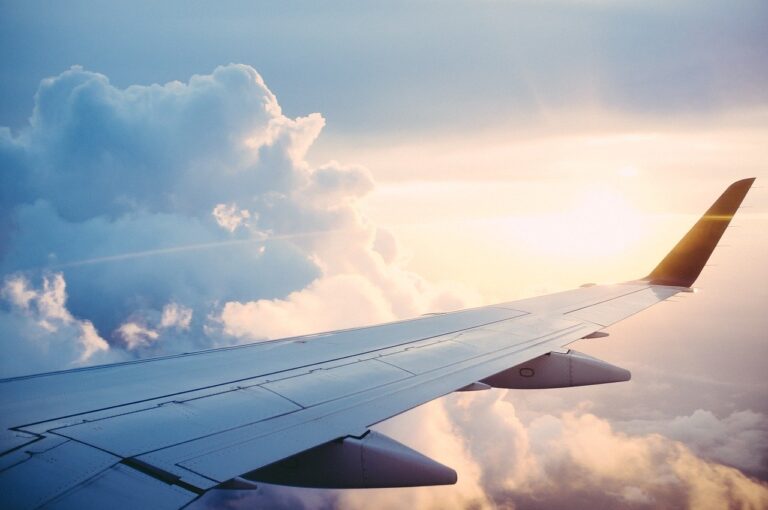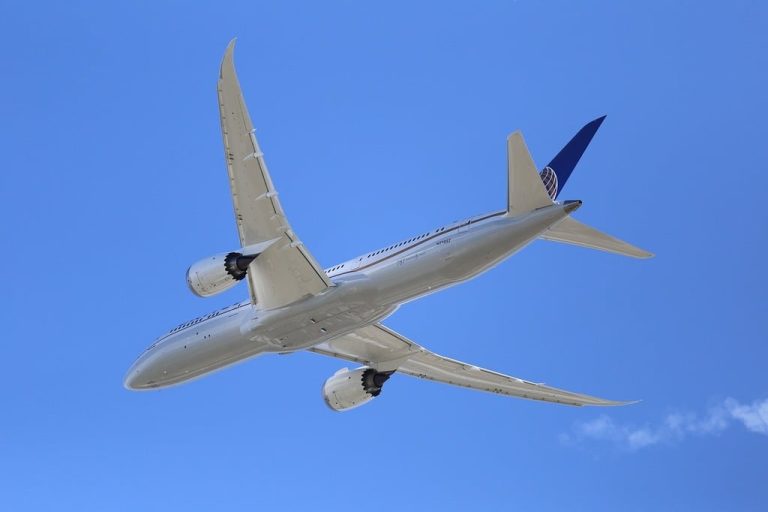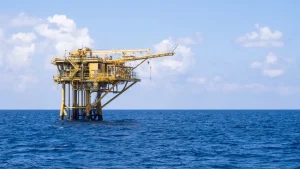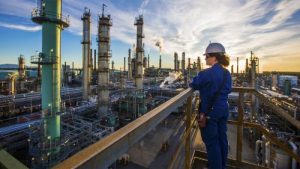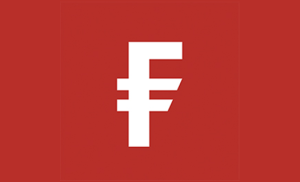International Consolidated Airlines Group (LON: IAG) today presented Group consolidated results for the six months to June 30, 2019.
IAG period highlights on results:
· Second quarter operating profit €960 million before exceptional items (2018 pro forma1: €900 million, 2018 statutory: €816 million)
· Passenger unit revenue for the quarter up 3.1 per cent, up 1.1 per cent at constant currency
· Non-fuel unit costs before exceptional items for the quarter up 1.6 per cent, up 0.4 per cent at constant currency on a pro forma1 basis.
· Fuel unit costs for the quarter up 12.4 per cent, up 6.3 per cent at constant currency
· Net foreign exchange operating profit impact for the quarter favourable €8 million
· Operating profit before exceptional items for the half year €1,095 million (2018 pro forma1: €1,240 million, 2018 statutory: €1,735 million), down 11.7 per cent
· Cash of €8,031 million at June 30, 2019 was up €1,757 million on December 31, 2018 and net debt to EBITDA decreased by 0.3 to 0.9 times
· Profit after tax before exceptional items €806 million up 0.4 per cent (down 42.8 per cent on a statutory basis), and adjusted earnings per share up 4.3 per cent on a pro forma1 basis
Willie Walsh, IAG Chief Executive Officer, said:
“In Q2 we’re reporting an operating profit of €960 million before exceptional items, up from €900 million last year.
“Despite fuel cost headwinds, we delivered a good performance. At constant currency, fuel unit costs were up 6.3 per cent while passenger unit revenue increased 1.1 per cent, benefitting from the timing of Easter.
“This highlights, once again, that our unique structure and diverse brand portfolio underpins our financial resilience and ability to deliver robust results”.
Trading outlook
At current fuel prices and exchange rates, IAG expects its 2019 operating profit before exceptional items to be in line with 2018 pro forma. Passenger unit revenue is expected to be flat at constant currency and non-fuel unit cost is expected to improve at constant currency. We expect passenger unit revenue at constant currency to improve for the remainder of the year.
FINANCIAL REVIEW
Operating profit overview
IAG’s operating profit for the six months to June 30, 2019 was €1,095 million before exceptional items, a decrease of €145 million from last year. British Airways made a profit of €873 million before exceptional items (2018 pro forma: €907 million, 2018 statutory: €868 million); Iberia made a profit of €109 million (2018 pro forma: €147 million, 2018 statutory: €102 million); Aer Lingus made a profit of €78 million (2018 pro forma: €106 million, 2018 statutory: €104 million) and Vueling’s profit was €5 million (2018 pro forma: €22 million, 2018 statutory: €11 million loss).
Strategic overview
On May 23, the Chilean Supreme Court rejected the proposed joint business between IAG and LATAM Airlines Group. This will mean that Chilean consumers will lose out on the benefits that this agreement would have provided which include better links between Europe and Chile, greater choice of flights and enhanced frequent flyer benefits. IAG is assessing the impact of the ruling in the joint business which has already been approved by regulators in Brazil, Colombia and Uruguay.
On June 18, IAG announced an order for eight Airbus A321XLR aircraft for Iberia and six for Aer Lingus, plus 14 options. The airlines will be among the launch customers for the extra long-range narrowbody aircraft with their first deliveries scheduled for 2023. The A321XLR will be used to expand both Aer Lingus and Iberia’s existing longhaul fleets. Each aircraft will be fitted with economy and business cabins including fully flat seats.
IAG also signed a letter of intent with Boeing for 200 737 aircraft to join its fleet, which is subject to formal agreement. The mix of 737-8 and 737-10 aircraft would be delivered between 2023 and 2027 and powered by CFM Leap engines. It is anticipated that the aircraft would be used by a number of the Group’s airlines including Vueling, LEVEL and British Airways at London Gatwick airport.
On June 28, IAG launched and priced a €1 billion dual tranche offer of senior unsecured bonds. The first tranche will mature in July 2023 and the second tranche will mature in July 2027. The proceeds of the transaction will be used to fund the repurchase of the €500 million 0.25 per cent convertible bond due in November 2020 and other corporate purposes.
Basis of preparation
The Group has adopted the new accounting standard IFRS 16 ‘Leases’ from January 1, 2019, and has used the modified retrospective transition approach. IFRS 16 eliminates the classification of leases as either operating leases or finance leases and introduces a single lessee accounting model. On the Balance sheet, obligations to make future payments under leases, previously classified as operating leases, are recognised as debt with the associated right of use assets (ROU). In the Income statement, the operating lease costs are replaced with depreciation (within operating expenditure) and lease interest expense (within non-operating expenditure). For further information see pages 170 to 171 of the 2018 Annual Report and Accounts.
The following review is against a pro forma basis for 2018, which provides a consistent basis for comparison with 2019 results. Pro forma results for 2018 are the Group’s statutory results with an adjustment to reflect the estimated impact of IFRS 16 from January 1, 2018, and have been prepared using the same assumptions used for the IFRS 16 transition adjustment at January 1, 2019 (set out in note 33 of IAG’s 2018 Annual Report and Accounts) adjusted for any new aircraft leases entered into during 2018 and using the incremental borrowing rates at January 1, 2019. The IFRS 16 adjustments for aircraft lease liabilities are based on US dollar exchange rates at the transition date.
Principal risks and uncertainties
The Group has continued to maintain and operate its structure and processes to identify, assess and manage risks. The principal risks and uncertainties affecting the Group, detailed on pages 30 to 36 of the 2018 Annual Report and Accounts, remain relevant.
Operating and market environment
Average commodity fuel prices for the six months were slightly lower than in the same period last year, although effective fuel prices were higher than in 2018, principally due to hedging profits in 2018 not repeated in 2019 and the strengthening of the US dollar.
The US dollar was stronger against both the euro and pound sterling, whilst the average euro to pound sterling exchange rate for the first six months was at similar levels to the previous year.
IAG’s results are impacted by exchange rates used for the translation of British Airways’ and Avios’ financial results from sterling to the Group’s reporting currency of euro. For the six months, the net impact of translation was €7 million favourable.
From a transactional perspective, the Group’s financial performance is impacted by fluctuations in exchange rates, primarily from the US dollar, euro and pound sterling. The Group generates a surplus in most currencies in which it does business, except for the US dollar, as capital expenditure, debt repayments and fuel purchases typically create a deficit. The Group hedges a portion of its transaction exposures. The net transaction impact on operating profit was adverse by €60 million for the period, increasing revenues by €150 million and costs by €210 million.
The net impact of translation and transaction exchange for the Group was €53 million adverse.
Capacity
In the first six months of 2019, IAG capacity, measured in available seat kilometres (ASKs), was higher by 5.7 per cent with increases across all regions. Vueling increased its capacity through new routes and additional frequencies across its domestic market, with Balearic and Canary Islands performing well throughout 2019. Iberia increased its capacity primarily through additional frequencies on its Latin and North American routes, in particular Mexico, Chile and New York. Aer Lingus growth includes the full year impact of routes to Philadelphia and Seattle launched in 2018. British Airways increased capacity through additional frequencies, primarily in Latin America and the Caribbean, together with new destinations, including flights to Charleston, Pittsburgh and Osaka from London Heathrow. LEVEL longhaul capacity growth reflected the impact of the launch of LEVEL France in July 2018. In addition LEVEL launched shorthaul bases in Vienna in July 2018 and in Amsterdam in April 2019.
Revenue
Passenger revenue increased 7.2 per cent versus last year. Passenger unit revenue (passenger revenue per ASK) was flat at constant currency (‘ccy’) from lower yields (passenger revenue/revenue passenger kilometre), with passenger load factor higher by 0.6 points at 83.0 per cent. Passenger unit revenues rose in the Domestic, AMESA (Africa Middle East and South Asia) and North America regions, was broadly flat in Asia Pacific and fell in Europe and LACAR (Latin America and the Caribbean). In the six months to June 30, 2019 the Group carried over 55 million passengers, up 6.0 per cent versus last year.
Cargo revenue decreased 0.2 per cent, which represented a decrease of 3.1 per cent at constant currency, reflecting the weak market conditions seen in air freight and global trade.
Other revenue was up 24.3 per cent, excluding currency impacts up 20.3 per cent. Other revenue rose from higher BA Holidays revenue and from Iberia’s third party maintenance business.
Costs
Employee costs increased 5.0 per cent compared to last year. On a unit basis and at ccy, employee unit costs improved 1.2 per cent with salary awards, primarily inflation-linked, more than offset by efficiency initiatives achieved across the Group and the closure of the British Airways NAPS pension scheme to future accrual on March 31, 2018. The average number of employees was 2.4 per cent higher than 2018, reflecting the growth in capacity, with productivity, measured as ASKs per average manpower equivalent, up 3.3 per cent for the Group.
Fuel costs increased 20.5 per cent, with fuel unit costs up 8.6 per cent at ccy from higher average fuel prices net of hedging, mainly due to hedging profits in 2018 not repeated in 2019. The introduction of new fleet continued to drive efficiencies.
Supplier costs increased by 8.5 per cent and on a unit basis at ccy were up 0.6 per cent on the previous year, including the additional costs incurred to drive higher other revenue in British Airways and Iberia.
Ownership costs increased 5.7 per cent on the previous year, with the number of aircraft in service growing from 565 to 588. Ownership costs on a unit basis and at ccy were broadly in line with 2018.
Overall non-fuel unit costs at ccy were down 0.1 per cent versus a year ago, with the impact of growth and efficiency measures across the Group more than offsetting price increases and the additional costs incurred to grow Iberia’s MRO and BA Holidays’ revenues.
Operating profit
The Group’s operating profit for the period was €1,095 million, a decrease of €145 million versus 2018 (a decrease of €640 million on a statutory basis after exceptional items), and down €92 million at ccy, including the impact of fuel headwinds.
Exceptional items
There were no exceptional items in the half year. In 2018, the Group recognised an exceptional gain of €678 million, due to the closure of British Airways’ NAPS and BARP pension schemes, and an exceptional charge of €58 million related to the continuation of British Airways’ transformation initiatives.
Net non-operating costs, taxation and profit after tax
The Group’s net non-operating costs for the period were €88 million in 2019, compared with €248 million (2018 statutory: €80 million) in 2018. The change was primarily from the net retranslation of debt and hedging instruments, resulting in a credit of €138 million in 2019, compared with a charge of €4 million in the previous year.
The tax charge for the period was €201 million before exceptional items, with an effective tax rate for the Group of 20 per cent (2018: 19 per cent).
The profit after tax for the six months was €806 million (2018 pro forma: €1,376 million after exceptional items, 2018 statutory: €1,408 million after exceptional items), a decrease of €570 million versus last year, principally driven by the net impact in 2018 of the reduction in pension liabilities associated with the closure of the British Airways NAPS pension scheme to future accrual and restructuring costs.
Cash and leverage
The Group’s cash position of €8,031 million was broadly in line with June 30, 2018. Net debt at the end of the period, including the debt associated with right of use assets, was €4.8 billion and net debt to EBITDA was 0.9 times.

